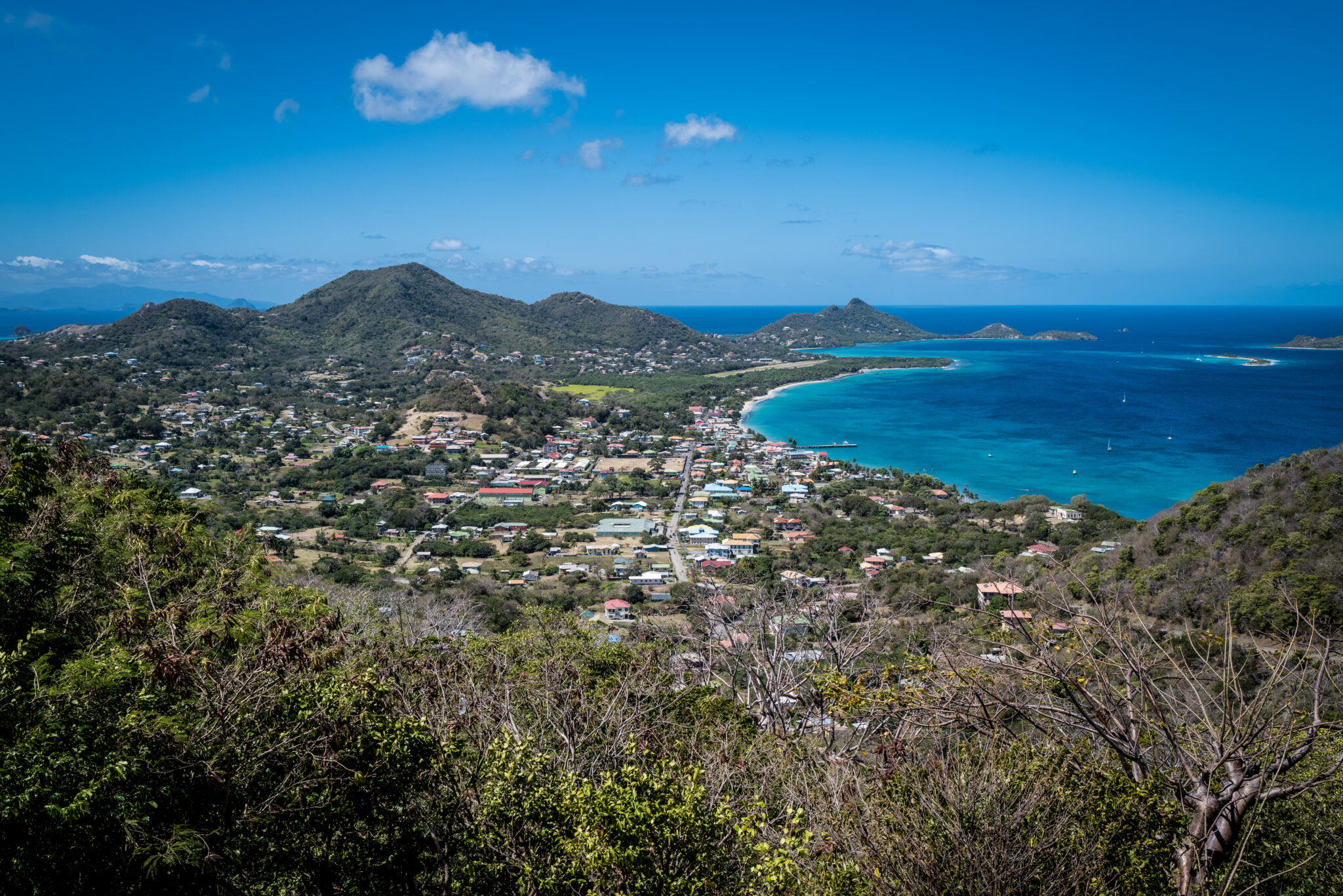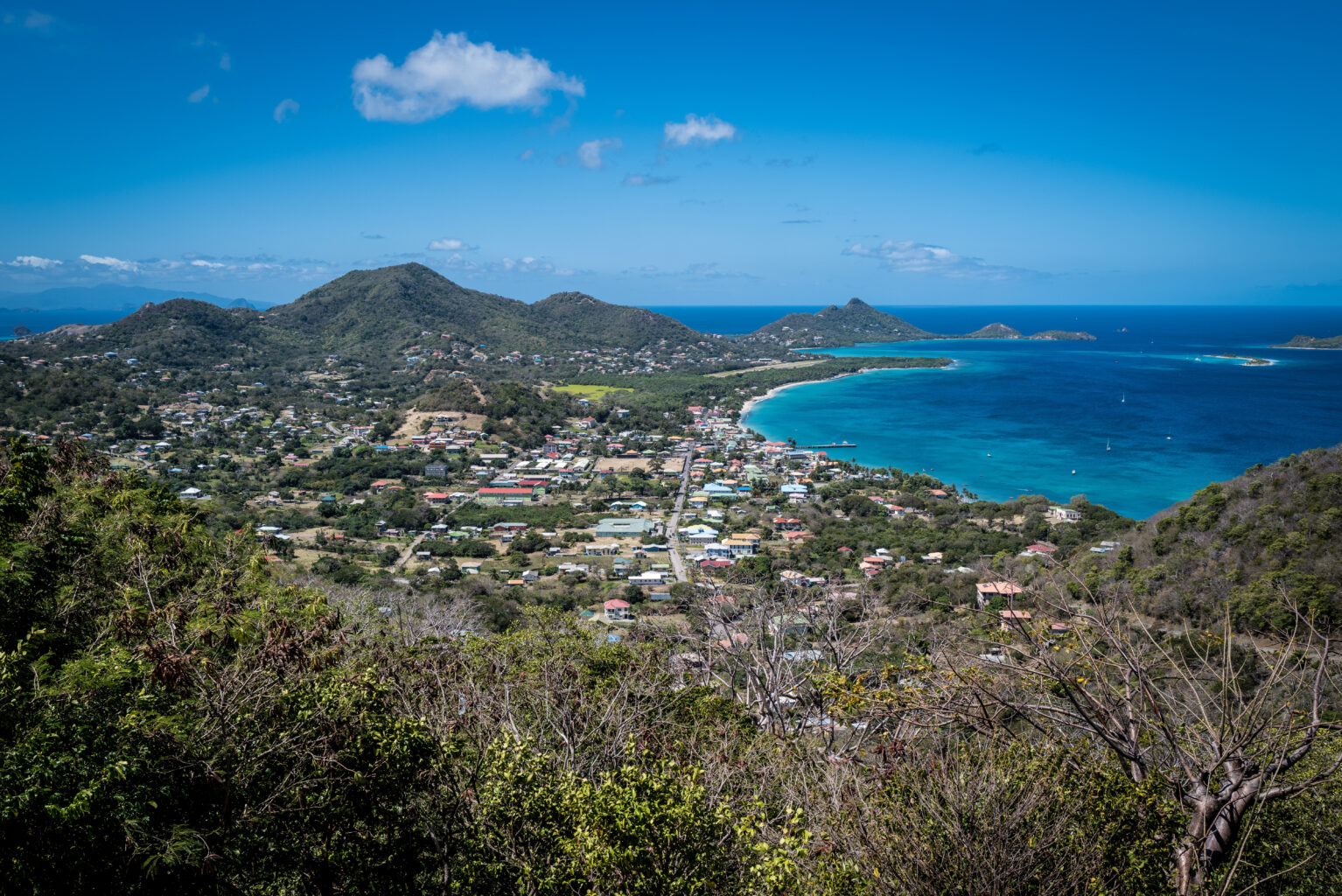Carriacou Island has some of Grenada’s largest mangrove ecosystems. The Lauriston Point mangroves, which cover 143 acres, have provided wildlife habitat and protected the island’s small airport and villages from storms. They support a wide variety of tropical birds and include nesting beaches for endangered hawksbill, green, and leatherback marine turtles.
But in July 2024, category-4 Hurricane Beryl hit Carriacou dead-on. It was the strongest hurricane to ever hit Grenada, with winds of 150 mph. “In half an hour, Carriacou was flattened,” said the country’s prime minister. In addition to wrecking hundreds of structures, the storm destroyed 95% of the island’s mangroves, leaving mostly young plants.
This project will address the urgent need for cleanup and restoration of this important habitat. The Kipaji Development Initiative will clear huge amounts of storm debris and plant red and white mangroves, sea grapes, almond, neem, palms, and others. Kipaji has experience in mangrove replanting and will employ local people who have had training in proper planting techniques.
Our community partners will monitor the beach daily during turtle nesting season, March to September. They will share information on turtle numbers with the Wider Caribbean Sea Turtle Conservation Network, which advocates for turtle protection. They will monitor birds a few times a year and share the results with BirdsCaribbean. These citizen science efforts provide useful information for conservation organizations and strengthen the sense of stewardship among island residents.
A Seacology grant will fund removing storm debris from planting areas and collecting, transporting, and storing seeds and seedlings from the mainland. (There are currently no donor sites on Carriacou.) Funds will also go toward storage and care of seeds during propagation, and monitoring of the planting area to replace non-viable plants. The area lies within the Sandy Island Oyster Bed Marine Protected Area, which bodes well for its long-term recovery.
Kipaji is committing to patrol, replant, and maintain the ecosystem for the next 10 years. However, they have worked on conservation at Lauriston Point for years and expect to stay involved even longer.



